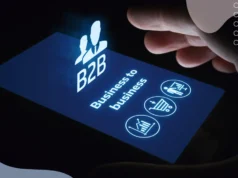
How many times have you thought about keeping track of your contacts? Often we just type the first few letters of contact and hope it pops up while you are writing an email. However, do you ever consider how this works? What is the system behind this seemingly magical popup?
Well simply put, it is the Gmail contact list. Essentially google’s version of a contact app. Its job is simple, keep track of who you have sent an email to, and populate a field when you are trying to send an email. Simple, effective, and complete – right?
Like your phone’s generic contacts app, it generally gets the job done, but is far from anything special. It is almost a glorified notes app, doing nothing more than keeping track of things you input. And, we have been conditioned to think that is all a contact list needs to be. However, by doing this, you are selling yourself short. Way short.
You see, because we have been conditioned to think this is the max capability of something like a Gmail contact list, we are not looking for alternatives that can do way more. Alternatives that can provide far more value are simply the storage of names, numbers, and emails. Especially for professionals in the workforce, you know how important your network is, so why aren’t we leveraging that more?
If you look at companies that excel at sales, I guarantee that none of them use a Gmail contact list to keep track of their outreach. They use advanced customer relationship management (CRM) tools that help superpower their outreach.
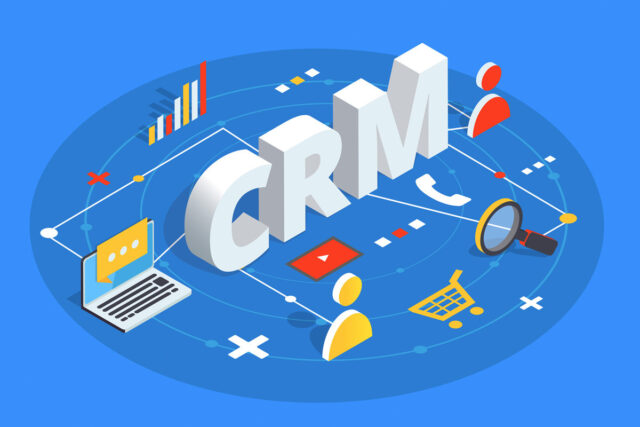
These tools help keep track of more than the basics, they help craft profiles for every contact so that you can have more effective outreach. They can keep track of everything from notes on each conversation to how likely this contact would be to convert. Beyond enterprise-level CRM’s there has been a shift into individuals taking the tools of a CRM and applying it to their personal lives.
So now that we know companies aren’t using Gmail contact lists and other stock apps, the question becomes, why are you?
You must be wondering what is an app or service that you can use to elevate networking above the general baseline. This is where I want to introduce you to Covve – an app on the Google Play and App Store that leverages proprietary AI while still maintaining a clean and simple UI.
Among many features, this app allows you to:
- Digitize all your contacts by AI-enabled scans of business cards
- Get news about your contacts so you know what to reach out about
- Set smart reminders for when to reach out to each of your contacts
- Organize your address book with different filters to help keep track of all your contacts
Now, this is just scratching the surface of what the app can do, but it gives you a good idea of what it is capable of. By utilizing Covve, not only will you feel more connected to your network than ever before, but you will begin to see the results of more effective outreach.
Long gone are the days of a basic Gmail contact list. No more misplacing your trust in an outdated system that provides little to no value. It is time to step up your networking game and upgrade your address book experience.
Networking for Interviews Using A Follow-Up Tool
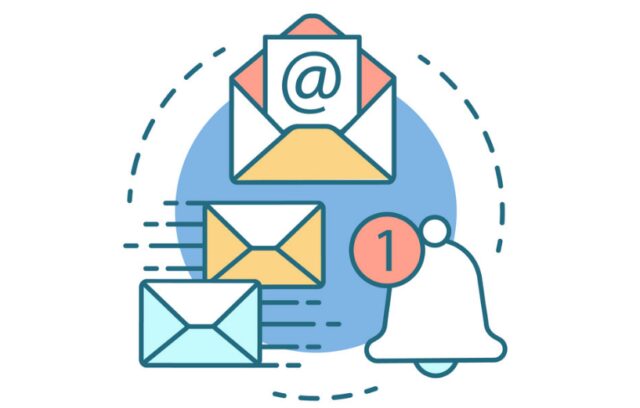
According to a study done by TopResume, in a survey conducted on 358 job recruiters, 68% said following-up after an interview affected their hiring decision. Following up after an interview is an integral part of the job search process because it allows employers to remember you and shows that you are taking the initiative to get the job. Thus, a good follow up email can be the difference between being offered the position or not.
Specifically, a good follow up email reminds the interviewer who you are and how knowledgeable you are about the position and the company. As a result, it is essential to remember to send a personalized follow-up email to show your interest in the company and the position.
The most effective way to do a follow-up email is to take notes during the interview and research the company so when writing the email you can personalize it to the job. A personalized follow-up email shows that you have taken the time to research the company and show the interviewer and that you are committed to the specific job. One best practice to help tailor the follow-up email to the interviewer and the company is to use a follow-up tool.
What is a Follow Up Tool
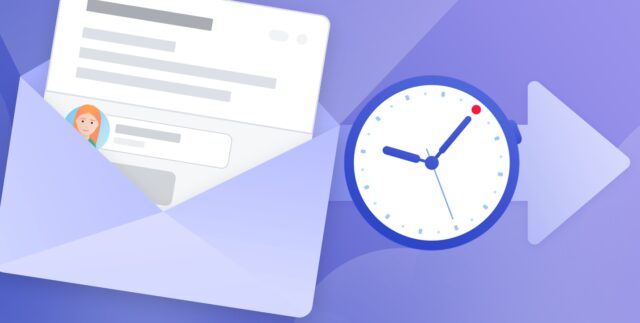
A follow-up tool reminds you to follow up after a certain amount of time and the tool provides the necessary information about following up correctly. You can use a contact management app as mentioned above as a follow-up tool. The app reminds users to call or email a person while providing the right information on what the follow up should be about. In particular, it allows the users to take notes about the interaction, so they can look back and remember the whole picture.
Additionally, the app provides news information that affects the person that the user wants to be reminded to reach out to. With these two features, it gives the user a full picture to operate with when following up with a person of interest, optimizing the email’s effectiveness. Using the right follow up tool can assist you with gathering all the information necessary to personalize a follow-up email to get the best results.
Why Use A Follow Up Tool
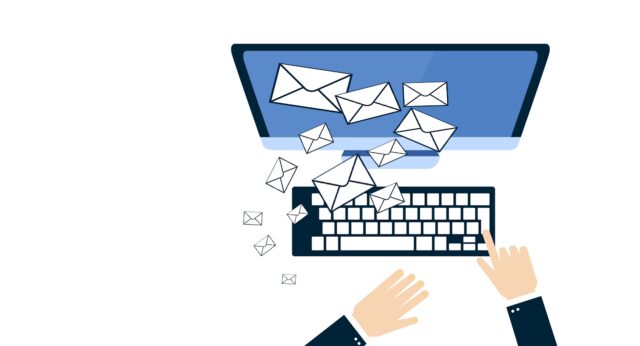
In 2024, it is increasingly difficult to stand out during the interview process, and sending the right follow-up email can be the make or break for getting a job offer. Follow up tools are the way to sending the most optimal follow-up email because it guides you on how to tailor your email to the interviewer, making it personalized. Subsequently, making your follow-up email more effective.
What makes a follow-up tool different from a reminder is that reminder only reminds the person to send the email, however, a follow-up tool reminds you to send the email and guides you through the process of tailoring the email to the interviewer. Overall, using the right follow-up tool can help you stand out in 2024 by personalizing your follow up email to get the best results.
Tips to Personalize a Follow-Up Email

- Take notes on the interviewer when there.
- Follow what is going on with the company publicly.
- Study information.
- Write an email directed at the interviewer and ask questions based on knowledge acquired through studying the information.
- Wait for the interview to follow up.
Key Takeaways
- Following up after an interview is essential.
- Personalizing a follow-up email to the interviewer and company increasing your success.
- Use a follow-up tool to help you personalize you’re follow up email to increase your success.



